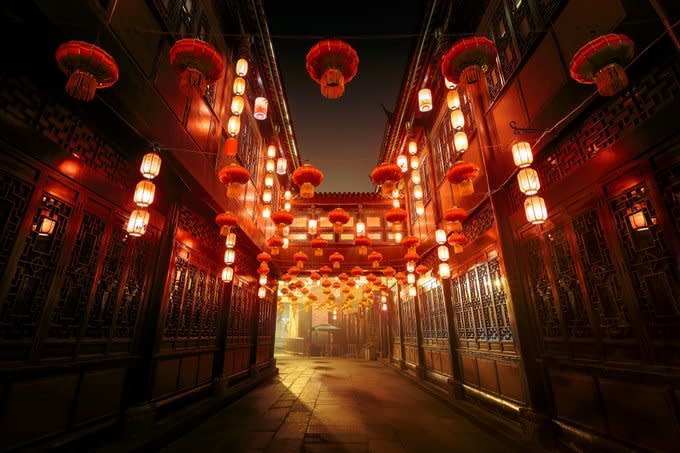8 Chinese New Year Traditions, Explained

The meaning behind Chinese New Year’s customs
Chinese New Year is the most widely celebrated Chinese holiday across the globe. This year, it falls on February 1, 2022, and will begin the Year of the Tiger. “Different regional cultures celebrate through distinct activities and food,” says Jenny Leung, executive director of the Chinese Culture Center of San Francisco. “For example, people in northern China eat dumplings on Lunar New Year’s Eve, while people in southern China prepare rice cakes, with the meaning of ‘climbing higher in the new year.'” As a holiday that goes back thousands of years, there are a wide variety of Chinese New Year traditions that have been passed down. Some are based on myth, some on symbolism, some on superstitions, and some on wordplay. Each individual may choose to celebrate a little differently based on preferences, beliefs, and location, but almost everyone spends time with family and eats Chinese New Year food.
FYI, Chinese New Year is also referred to as Lunar New Year, a term that includes other cultures that celebrate the start of the new year using the same calendar system. In China, it’s also known as Spring Festival. “Lunar New Year celebrates the first days of spring on the lunar calendar,” says Leung. “Historically, celebrating Lunar New Year in China was meant to pray for good blessings on farming in the new year—hence, worshiping ancestors has always been a critical component.”
Whether in China or elsewhere in the world, these are some of the most common Chinese New Year traditions and the meaning behind them. And it’s no accident that we’re giving you eight—eight is the luckiest number in Chinese, since it sounds similar to the Chinese word for prosperity.
The post 8 Chinese New Year Traditions, Explained appeared first on Reader's Digest.
